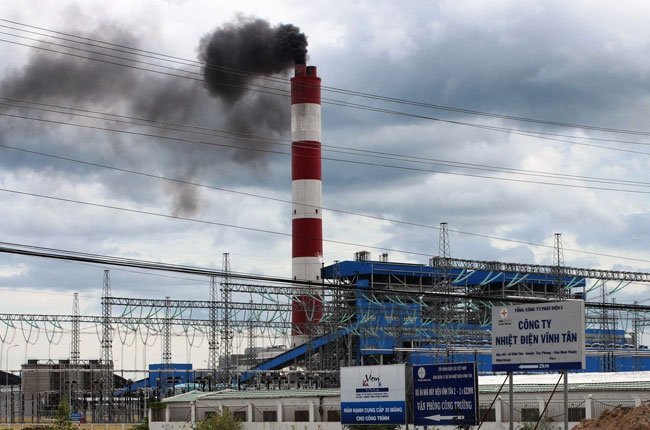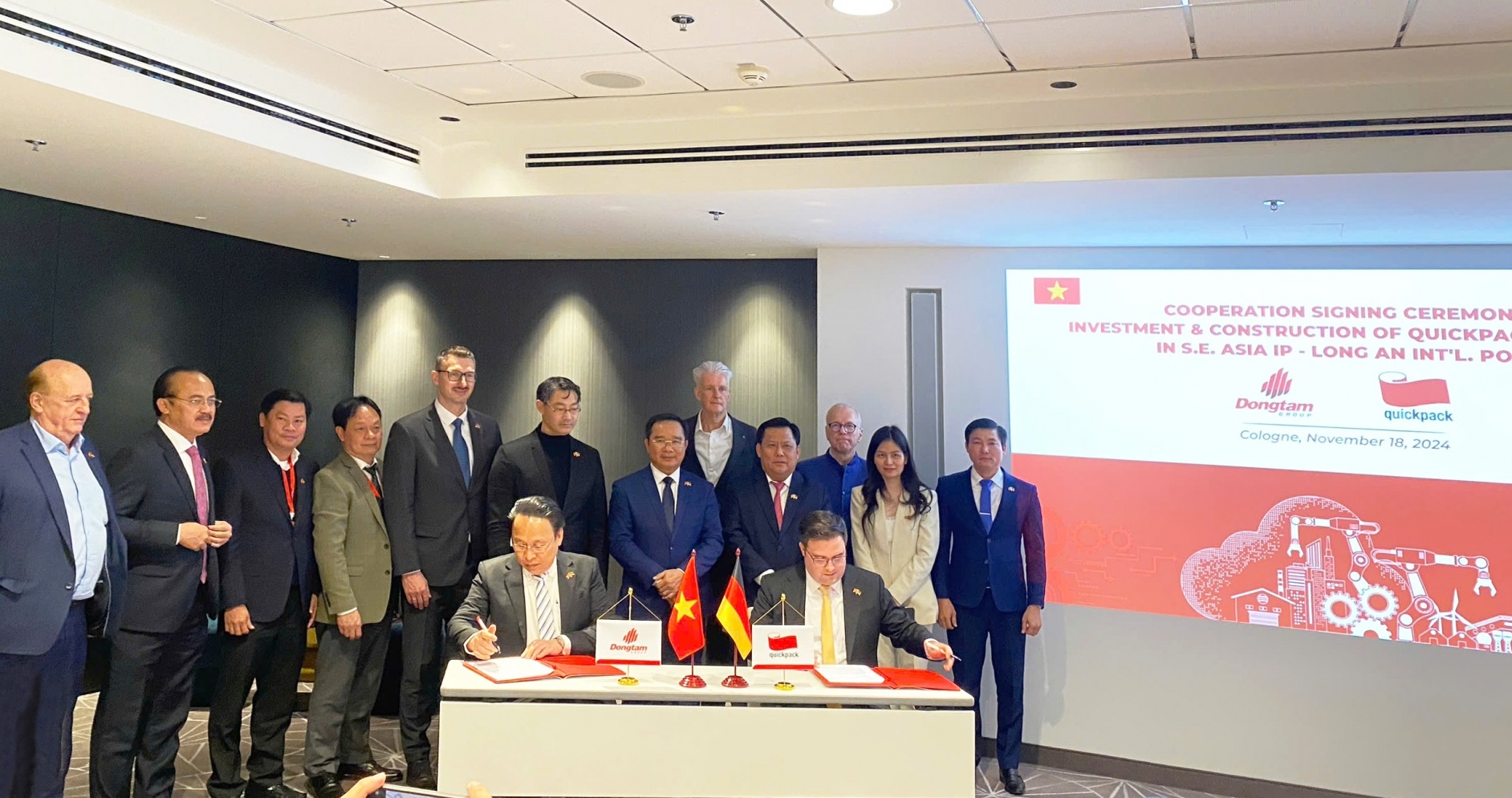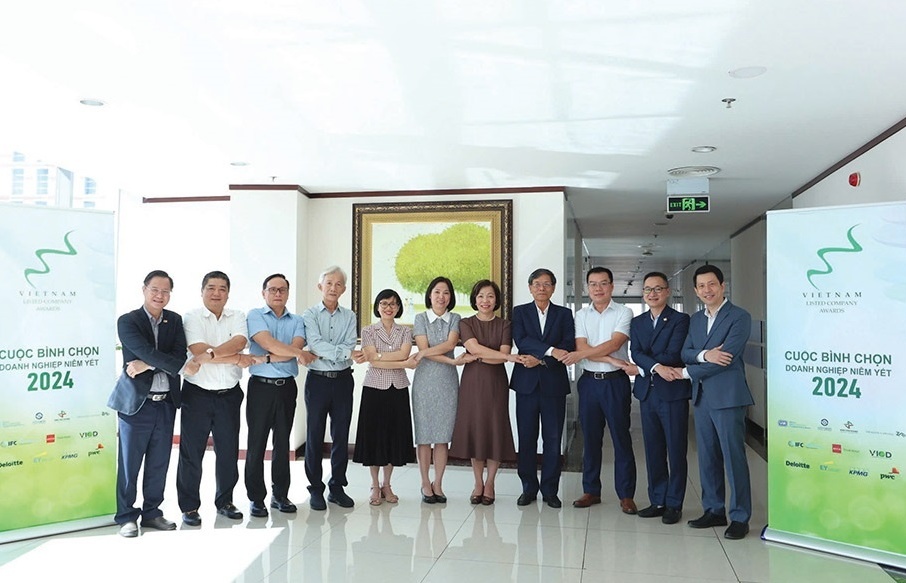Vietnam urged to limit coal-fired power due to rising GHGs
 |
| illustration photo source: thesaigontimes.vn |
Andrew Staple, director for Southeast Asia under the Economist Corporate Network (ECN) – the Economist Group’s advisory service for organisational leaders – warned that Vietnam’s existing policy to develop more coal-fired power plants, without incentives for renewable energy development, is making the country one of the biggest greenhouse (GHG) emitters in the Southeast Asian region.
“The best ways for Vietnam to limit its emissions and accomplish its international commitment to reduce its GHGs is to limit the development of coal-fired power sources and create attractive renewable energy policies for private investors,” Staple said.
According to the Siemens-sponsored ECN report “ASEAN in a climate of change: spotlight on sustainable energy in Malaysia, Thailand, and Vietnam”, released last week, Vietnam’s emissions have been rising at a robust rate over the last decade.
Between 2006 and 2015, Vietnam’s energy-related carbon dioxide (CO2) emissions have risen by an annual average of 10 per cent, due to rapid growth in its economy and energy consumption.
Last year, the country emitted 166.3 million tonnes of carbon dioxide, with total per capita emissions of 1.8 tonnes.
At the UN’s Conference of the Parties in Paris last year, Vietnam committed to reducing its GHG emissions by 8 per cent by 2030. This number could increase to 25 per cent with international support.
Pham Thai Lai, president and CEO of Siemens Ltd Vietnam, said coal-fired power plants are now one of the biggest GHG emitters in Vietnam.
Currently, Vietnam has 19 coal-fired power plants. The government has announced plans to build another 14 plants of this type in the Mekong Delta by 2030, adding a total capacity of about 18,000 megawatts to the power-hungry south.
But the coal-fired power plants already built are creating catastrophic environmental damage. For example, the Chinese-constructed 4,400 megawatt Duyen Hai Thermal Power Plant has annually discharged four million tonnes of ash, CO2, and sludge in the southern province of Tra Vinh since it began operations two years ago.
“Vietnam should gradually stop the construction of coal-fired power plants, as they could dramatically increase the country’s GHGs and cause environmental disasters,” said Franz Gerner, senior energy economist from the World Bank.
Vietnam’s use of renewables, apart from hydropower for electricity and traditional forms of bioenergy for domestic use, is negligible. Under its Power Development Plan VII, coal will account for over 50 per cent of power generation capacity by 2030 (renewables and hydro combined would account for 28 per cent by that year).
Siemens’ Lai stressed that now is the time for Vietnam to create incentives to attract renewable energy investors.
“At Siemens, we believe that the private sector has as much responsibility as the governments do, if not more, to actively engage in efforts to reduce GHG emissions and to help lead the transition to a low-carbon, climate-resilient economy,” he said.
Many agree with the logic of his words, even if they don’t think the policy support is there to make the necessary change. Gavin Smith, director of Dragon Capital’s Clean Development Fund and vice chair of Eurocham Vietnam, said, “While there is a high-level commitment to renewables [in Vietnam], there has not yet been the change in policy that would facilitate clean energy investment.
“Furthermore, developments such as better access to the grid are needed, but the dominance of the system by publicly-owned utilities makes it difficult to achieve this. All in all, the reduction of risk and removal of barriers is needed to facilitate greater private investment,” he noted.
Adding to the suboptimal investment environment, Clean Energy Pipeline has reported that Vietnam is now facing strong competition from neighbouring nations in attracting renewable energy developers, due to lack of incentives.
Eighty-five per cent of clean energy investment in Southeast Asia between 2010 and 2015 has been directed to Thailand (34 per cent), Indonesia (26 per cent), and the Philippines (25 per cent). Vietnam and Malaysia have attracted just 7 per cent each over the same period.
“Unlike Vietnam, Thailand has a good regulatory environment for renewables’ deployment. It also has a better developed investment platform for wind and solar power than other countries in the region,” said the ECN report.
According to the report, 64 per cent of the surveyed respondents said the promotion of renewables would be the most efficient way of decarbonising energy systems, while 40 per cent of them expected the private sector to play a primary role in mitigating climate change.
What the stars mean:
★ Poor ★ ★ Promising ★★★ Good ★★★★ Very good ★★★★★ Exceptional
Latest News
More News
- Trump's trade policies could shape Vietnam's economic outlook: Dragon Capital (November 15, 2024 | 16:56)
- Prioritising corporate governance for Vietnam’s sustainable growth (November 14, 2024 | 16:50)
- Vietnam eyes nuclear revival to bolster energy security (November 14, 2024 | 16:46)
- German businesses explore investments in Dong Nai (November 08, 2024 | 18:02)
- Vietnamese consumer sentiment outperforms regional averages (November 08, 2024 | 18:00)
- Exchange and interest rates forecast to remain stable after US election (November 07, 2024 | 14:04)
- Industrial real estate stocks benefit from US election results (November 07, 2024 | 13:56)
- 2024 sees $1.41 billion in fintech funding so far (November 07, 2024 | 08:13)
- Trump at 266 electoral votes, Harris at 195: US media (November 06, 2024 | 14:30)
- Hanoi targets digital and high-tech investment with upcoming event (November 06, 2024 | 13:28)




















 Mobile Version
Mobile Version